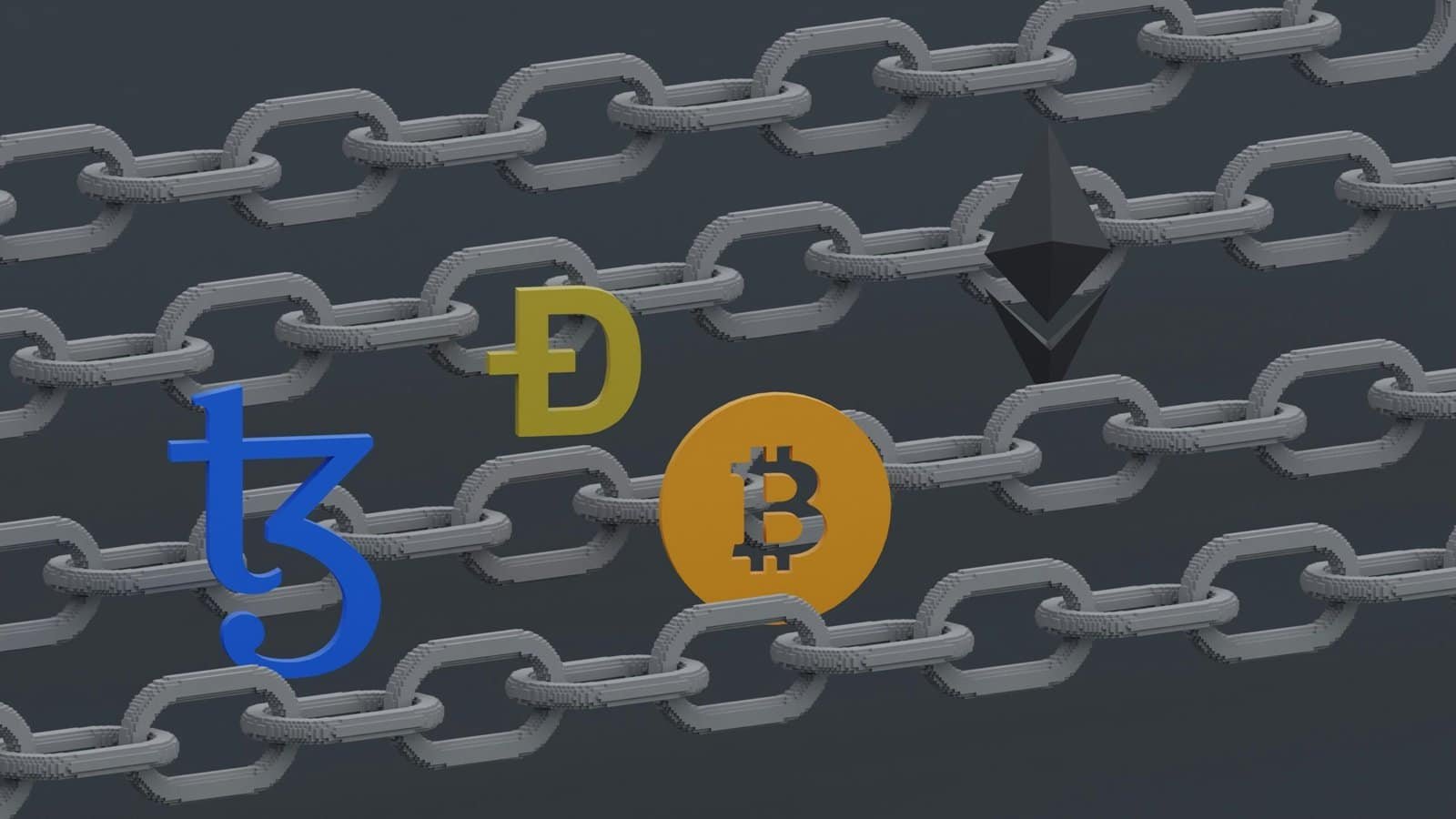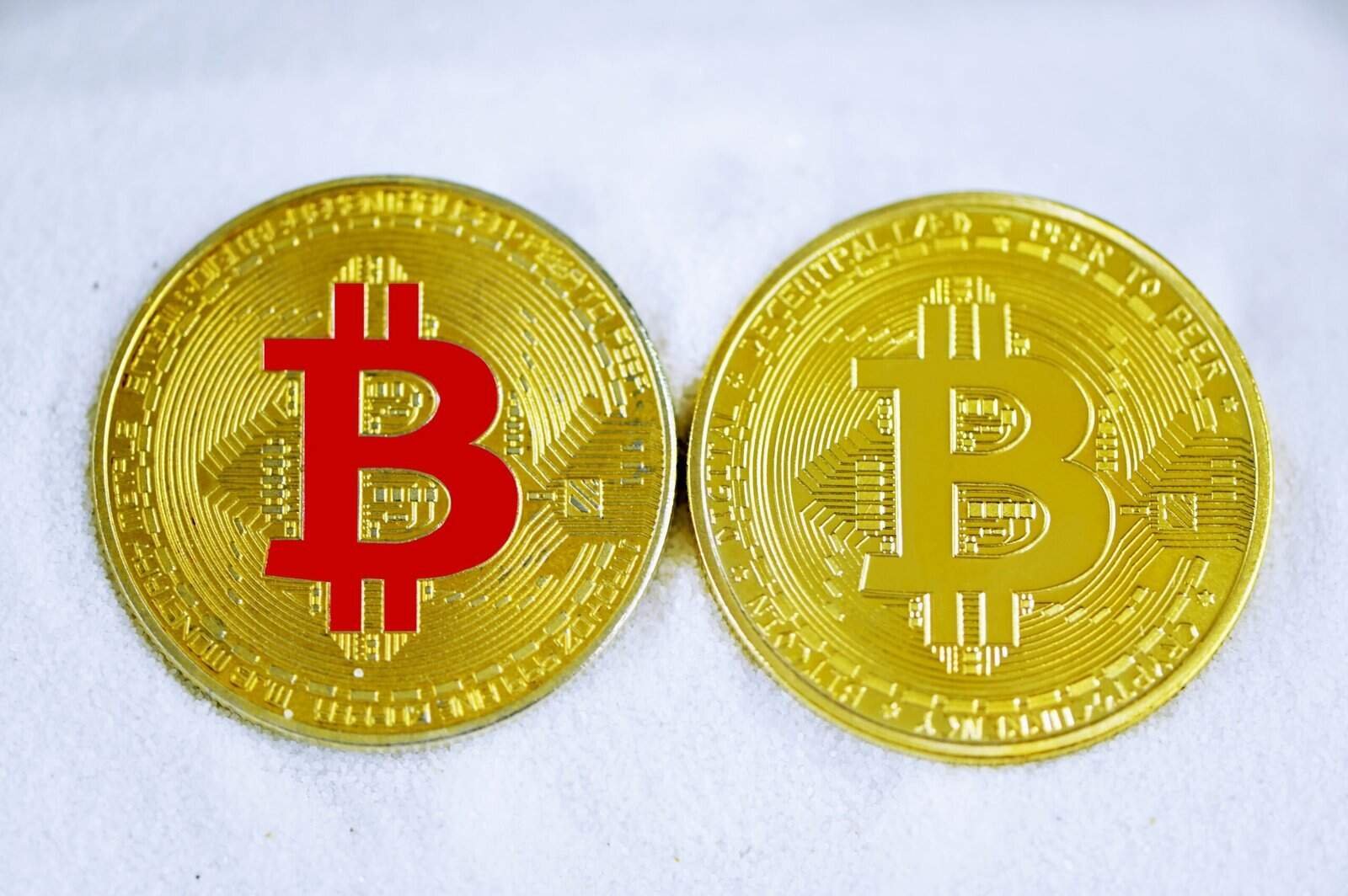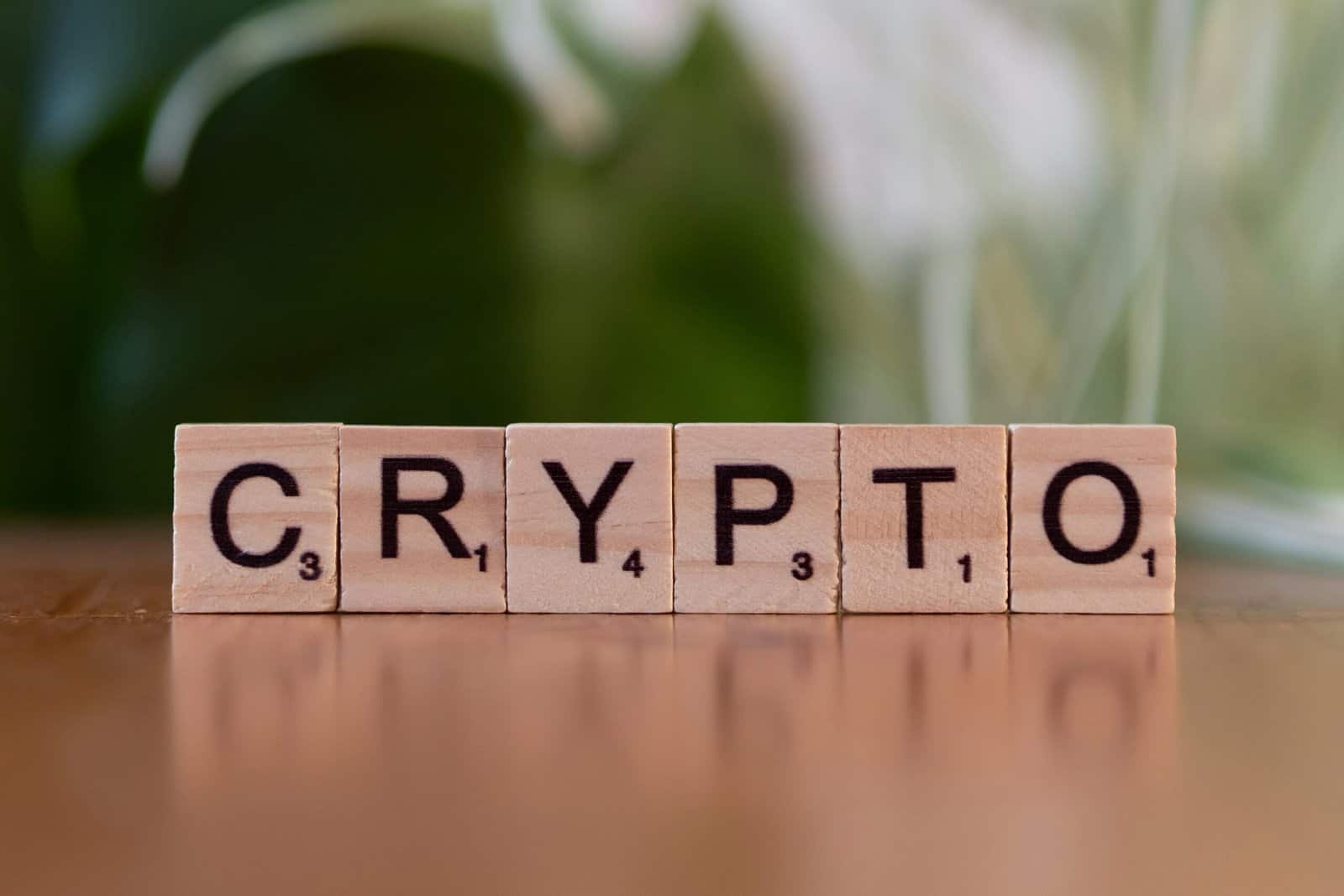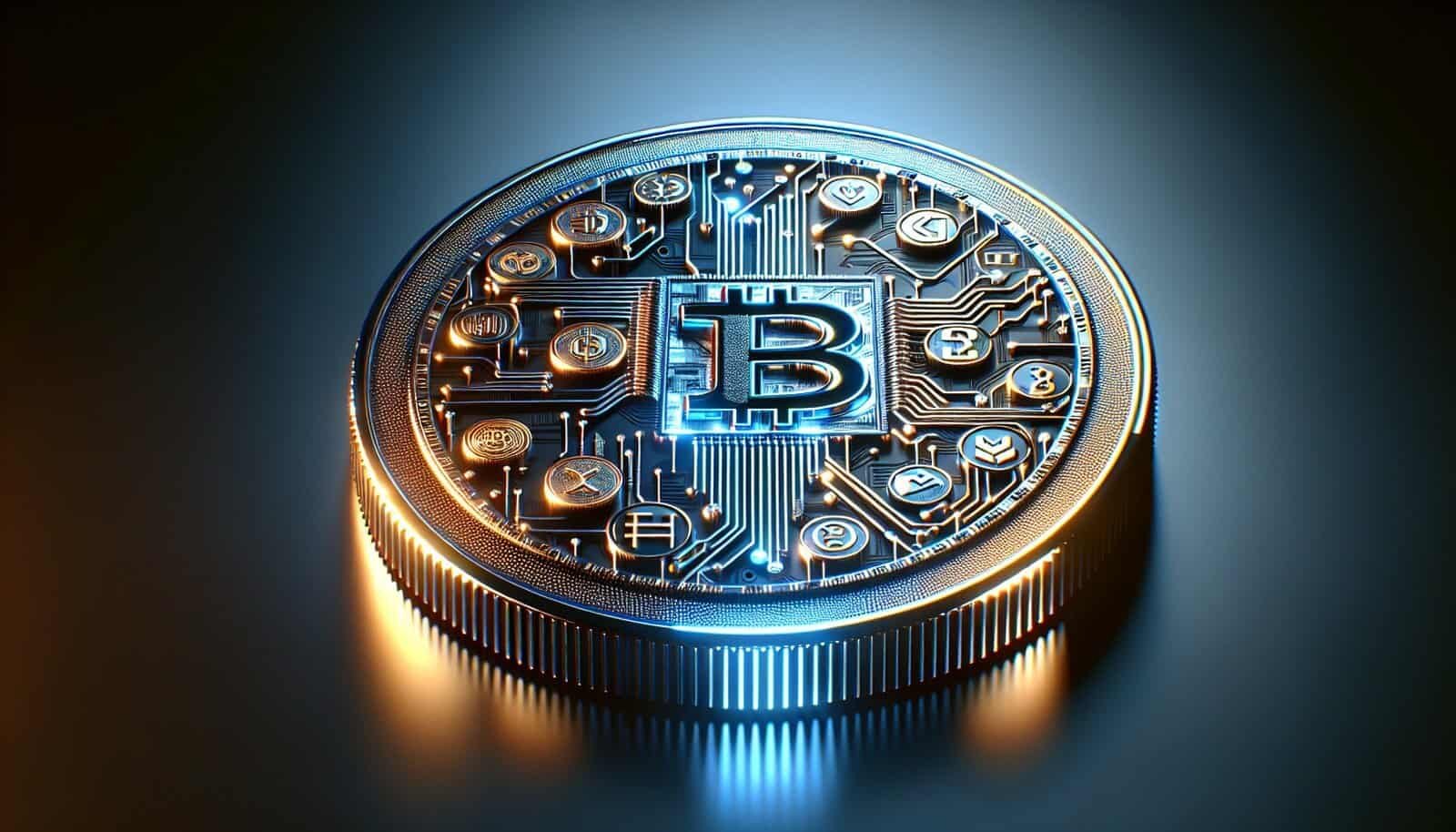Which exchanges will give you access to the widest range of coins in 2025?
Which Exchanges Support The Widest Range Of Coins In 2025?
You want access to as many tokens as possible, whether for trading, staking, or just holding niche projects. This article walks you through the exchanges and platforms that tend to support the largest variety of coins in 2025, explains why that matters, and helps you choose the right place to buy, sell, or custody those assets.

Overview: Why the number of supported coins matters
The breadth of coin support affects how easily you can access new projects, participate in token economics, and diversify your holdings. You’ll find that having many coins available doesn’t always mean better outcomes — liquidity, security, fees, and regulatory considerations matter, too. Below you’ll learn how to balance range with practicality.
How to judge “widest range”: criteria you should use
You’ll want to evaluate exchanges by several criteria, not just a raw coin count. These factors shape your real-world ability to use and trade tokens.
Raw token count and blockchain coverage
Raw token count tells you how many distinct assets are listed. Blockchain coverage shows which chains (Ethereum, BNB Smart Chain, Solana, Avalanche, etc.) the exchange supports. Both matter because tokens exist on different infrastructures.
Listing policy and permissioning
Some exchanges list tokens aggressively, while others have strict vetting processes. You should consider whether listings are curated (lower risk of scam tokens) or permissionless (more variety but higher risk).
Liquidity and market depth
A token being listed isn’t useful if there are no buyers or sellers. Look for order book depth, trading volume, and spread for the coins you care about.
Security, custody, and compliance
An exchange that lists many coins but has weak security or regulatory problems may expose you to risk. You should consider insurance, cold storage practices, and whether the platform is compliant in your jurisdiction.
Fees, KYC, and access
High listing counts are often found on platforms that accept users from many regions with relatively light barriers, but that can come with higher fees or lax KYC/AML. Balance convenience with compliance.
Centralized exchanges that typically support the widest range of coins
Centralized exchanges (CEXs) are the most common place to find a curated (or sometimes very broad) selection of tokens. Below are the platforms that, as of early 2025 trends, are known for wide coin support. Counts are estimates or typical ranges — use the platform’s live list to confirm availability in your region.
| Exchange | Typical coin coverage (estimated) | Notable strengths |
|---|---|---|
| Binance | 1,500–3,000+ | Extremely wide cross-chain support, many niche listings, deep liquidity on major pairs |
| Gate.io | 1,000–2,500 | Very broad token listings, many small-cap and newly issued tokens |
| KuCoin | 800–2,000 | Large variety, strong altcoin selection, user-friendly spot markets |
| MEXC | 700–1,500 | Aggressive listings, promotional launches, many memecoins and niche tokens |
| OKX | 600–1,500 | Wide cross-chain coverage and derivatives integration |
| Bybit | 300–900 | Growing token variety with strong derivatives and spot liquidity |
| Huobi (Global) | 600–1,500 (varies) | Historically broad listings; regional constraints may apply |
| Crypto.com | 200–800 | Balanced list with fiat on-ramps and consumer features |
| Coinbase | 150–400 (U.S. region lower) | Selective listings focused on compliance and liquidity |
| Kraken | 100–300 | Conservative, regulation-friendly list with focus on quality |
| Bittrex | 300–800 | Wide historical coverage, but varies by region |
| CoinEx, BitMart, CoinEx, AscendEX | 300–1,000 | Varied listings; many regionally popular tokens |
Note: These are broad estimates based on 2024–early 2025 trends. Exact counts change daily; verify directly on the exchange.
Binance — sheer breadth and multi-chain support
Binance has long been the market leader in listing count and cross-chain services. If you want access to a vast array of ERC-20, BEP-20, Solana, Avalanche, Polygon, Tron, and other tokens in one place, Binance often offers that. You’ll also find Binance Launchpad/Launchpool projects and many niche tokens that might not be on more conservative exchanges.
You should be mindful of regional restrictions: Binance’s product availability varies by country, and some features may be limited or unavailable in certain jurisdictions.
Gate.io and KuCoin — aggressive listing strategies
Gate.io and KuCoin tend to list a lot of new and small-cap tokens, including many projects right after token launch. If you’re hunting for newly issued tokens or less-known altcoins, these exchanges are common destinations. That increases the chance of finding rare coins, but also raises the risk of scams and low-liquidity traps.
MEXC, OKX, and Huobi — broad ranges and promotions
MEXC and OKX are known for wide token coverage and active promotional activity around new listings. Huobi Global often lists numerous tokens but may be subject to more regulatory limits depending on where you live. These platforms can be good if you want both variety and periodic launch incentives.
Coinbase, Kraken, Gemini — careful selection, high trust
If you prioritize regulatory compliance and institutional safety over every token, Coinbase, Kraken, and Gemini are more selective. You may miss some niche coins, but you gain stronger legal protections and typically better fiat on-ramps.
Decentralized exchanges and aggregators: the ultimate in range
If your priority is to access virtually any token that exists on a chain, decentralized exchanges (DEXs) and liquidity networks are the tool for that.
DEXs (Uniswap, SushiSwap, PancakeSwap, Raydium, etc.)
On a DEX, any token that follows the chain’s token standard (like ERC-20 on Ethereum) can be added to a liquidity pool by anyone. That means you can usually trade extremely obscure tokens that centralized exchanges won’t list. You’ll need a wallet and possibly bridging tools to use multiple chains.
You should be prepared for higher caution: scams, rug pulls, and tokens with zero liquidity are common. Use liquidity checks, contract verification, and community verification before interacting with unknown tokens.
Cross-chain DEXs and bridges
As multi-chain ecosystems mature, cross-chain DEXs and bridges let you access tokens across many chains. Aggregators like 1inch or Paraswap can route trades across multiple liquidity pools to find the best price and access tokens even if they aren’t on a single major DEX.
DEXs vs CEXs: range vs safety
DEXs typically outpace CEXs in sheer token variety because they are permissionless. However, you take on counterparty and contract risk directly. If you value custody and built-in liquidity protections, a centralized exchange may be preferable despite fewer tokens.

Understanding token infrastructure and why some exchanges list more coins
Tokens exist on many blockchains and standards — ERC-20, BEP-20, SPL (Solana), TRC-20 (Tron), and more. Exchanges that offer wallets and trading interfaces for many chains naturally list more coins.
Multi-chain wallets and node infrastructure
You’ll notice exchanges with extensive node and wallet support across chains can custody and trade tokens on those chains, making it simpler to list tokens. Supporting many chains requires significant engineering and security investment.
Wrapped tokens and synthetic representations
Sometimes exchanges or bridges create wrapped or synthetic versions of coins to represent assets from other chains. That expands the selection but introduces different custody and counterparty characteristics. You should ask whether you are buying the native token or a wrapped/synthetic variant.
Regional and regulatory constraints that affect token availability
Even if an exchange globally lists 2,000 tokens, you may see fewer in your country because of local regulation.
U.S. customers and restricted lists
Many exchanges restrict certain tokens to U.S. customers due to securities law uncertainty. If you live in the U.S., you may find Coinbase and Kraken offer specific tokens, while Binance.US and other regional versions carry a narrower selection than global counterparts.
EU, UK, and Asia differences
Europe and the UK often have more permissive token availability than the U.S. but still enforce AML/KYC. Asian platforms historically list more tokens, but regulatory scrutiny in different countries can limit offerings.
How to check availability in your region
You should always check the exchange’s regional page or try creating an account (without necessarily completing KYC) to view the asset list for your country. Most exchanges show which tokens are blocked in specific jurisdictions.

Liquidity matters more than raw listing count
A token might be listed but worthless if there’s no market. You should check volume, order book depth, and spread for tokens you intend to trade.
How to evaluate liquidity
Look at 24-hour trading volume, number of active orders in the order book, and price slippage for typical trade sizes you plan to execute. Tools and the exchange UI usually display these metrics.
Risks of low liquidity
Low liquidity means greater price impact, wider spreads, and higher risk of not being able to exit a position. You may also face front-running bots or sudden collapses if holdings are small.
Security, custody, and the trade-offs for wide coin availability
When you use an exchange that lists many tokens, you should evaluate how it stores assets and protects users.
Custodial vs non-custodial
On centralized platforms you hand custody to the exchange. On DEXs and self-custody, you control the keys. If you’re chasing many obscure tokens, self-custody and DEXs give you freedom, while custody on large exchanges gives operational convenience and potential recovery options.
Smart contract risks
DEXs and some token standards introduce smart contract risks. Before interacting with an unverified contract, check audits and community reputation.
Exchange security track record
You should check past hacks, transparency reports, security audits, and whether the exchange uses cold storage and multi-sig. Exchanges with strong security practices are preferable if you plan to hold significant value there.

How exchanges list tokens: timelines and costs
If you’re wondering how tokens end up on a platform, listing policies and economics vary.
Native listing processes
Many major exchanges have formal listing applications and vetting committees. Larger, regulated exchanges tend to be selective and take time.
Launchpads and partnerships
Some exchanges use launchpads or seed programs to list new tokens quickly, often coinciding with token sale events. If you want early access to newly launched tokens, monitor these programs.
Fee-based listings vs community votes
Some platforms have paid listing processes or community-driven voting mechanisms. Paid listings can accelerate listing speed but create perception issues about impartiality.
Finding rare or newly launched coins safely
You’ll often find rare coins first on DEXs or the most aggressive centralized exchanges. Here’s how to approach them responsibly.
Use liquidity and contract checks
Check total liquidity in the pool (if DEX), token contract verification, and whether the token owner has renounced ownership. Use on-chain explorers to review transfers and holdings.
Start small and set exit rules
When buying a new or low-cap token, buy a small amount first and set clear sell thresholds. Prepare for high volatility and illiquidity.
Use limit orders and slippage settings
Set appropriate slippage on DEX trades and use limit orders on CEXs to avoid unexpected execution prices.

Practical table: Which platform to use depending on your priority
This table helps you pick a platform type depending on what matters most to you.
| Your priority | Recommended platform type | Why |
|---|---|---|
| Maximum token variety and permissionless access | DEXs (Uniswap, PancakeSwap, Raydium) + cross-chain bridges | Permissionless listings allow near-unlimited token access |
| Wide variety with a single login and fiat on-ramp | Large CEXs with multi-chain support (Binance, OKX, KuCoin) | Large lists, fiat rails, consolidated custody |
| New token launch access | Exchange launchpads (Binance Launchpad, KuCoin Spotlight) and MEXC/KuCoin/Gate.io | Offerings often debut here |
| Regulatory certainty and institutional-grade custody | Coinbase, Kraken, Gemini | More selective listings and compliance focus |
| Low-friction altcoin trading in regions with limited access | Gate.io, MEXC, KuCoin | Often accessible to a broader set of jurisdictions (verify local rules) |
Fees and trading costs when chasing many tokens
You’ll face trading fees, deposit/withdrawal fees, and potential bridge fees if moving between chains.
Fee structures differ by exchange
CEXs typically use maker/taker pricing. DEXs use protocol fees and gas costs. When moving tokens across chains, you’ll pay bridge or swap fees as well.
How fees affect trading strategy
High fees amplify the cost of frequent trading and small trades. You should calculate fee impact for your typical trade sizes to determine if trading a low-priced token makes sense.
Common pitfalls and red flags when choosing an exchange for many tokens
When you go after many coins, watch out for these warning signs.
Unverified tokens or anonymous teams
Be wary of tokens with no team transparency, unverifiable contracts, or no documented use case.
Suspiciously low liquidity pools
Extremely low liquidity combined with large token holder concentration increases rug pull risk.
Poorly documented or closed-source wallets
Exchanges with opaque custody practices or questionable security claims should be avoided for significant holdings.
How to verify an exchange’s actual token list and up-to-date numbers
Because token lists change quickly, you’ll want reliable ways to confirm availability.
Official exchange asset pages
Most exchanges publish a live asset list or API that you can query. This is the most authoritative source for token availability.
Aggregators and trackers
Sites like CoinMarketCap, CoinGecko, and exchange-specific API aggregators show exchange listings and trading pairs. They can help you gauge which platforms offer a given token.
Community resources and social channels
Official channels, Telegram groups, Discord servers, and reputable community forums can alert you to new listings and regional restrictions.
Example workflows: how you’d get a rare token in 2025
Here are typical ways you might acquire a niche token in 2025, depending on where it launches.
Scenario A: Token launches on a DEX on Solana
You’ll connect a Solana-compatible wallet (e.g., Phantom), use a DEX like Orca or Raydium, and swap SOL or USDC for the new token. Check contract verification, pool liquidity, and set slippage limits.
Scenario B: Token listed first on KuCoin/Gate.io
You’ll create an account, complete required KYC steps, deposit a bridge asset or fiat, and trade on the spot market. Be mindful of spreads and withdrawal permissions.
Scenario C: Token debuts via an exchange launchpad
You’ll participate in the launchpad sale (often requiring holding the exchange token for allocation), then monitor when the token hits the spot market for trading.
Long-term considerations if you hold many different coins
Holding many tokens increases administrative, tax, and security overhead.
Portfolio tracking and taxation
Use portfolio trackers that support many chains and tokens. Keep detailed records for tax reporting — multiple chains and exchanges mean more transaction records.
Consolidation vs diversification
You may want to consolidate holdings in a hardware wallet or a reputable custody solution for long-term storage. For active trading, keep smaller balances on exchanges.
Periodic reassessment
Not every token will remain relevant. Periodically review project fundamentals, tokenomics, and security posture to decide whether to hold or exit.
Recommendations and practical steps for you in 2025
This final section gives concrete steps to safely access the widest range of coins.
1) Define your objective
Decide if you want maximum token access, regulatory compliance, or a balance. That will determine whether you favor DEXs, large CEXs, or a hybrid approach.
2) Use a multi-platform strategy
Keep a primary, trusted exchange for fiat and major assets (Coinbase, Kraken, or Binance depending on region) and a secondary exchange for altcoins. Use DEXs and a non-custodial wallet for permissionless tokens.
3) Verify and vet every token
Check contracts, liquidity, token distribution, and community reputation before significant purchases.
4) Manage risk and fees
Set trade size thresholds, use limit orders, and calculate fee impact. Keep long-term holdings in cold storage where feasible.
5) Keep compliance in mind
Confirm token availability in your jurisdiction and follow local tax rules. Use exchanges that meet your regulatory comfort level.
Conclusion
If your priority in 2025 is sheer token variety, decentralized exchanges and the most aggressively listing centralized exchanges (like Binance, Gate.io, KuCoin, MEXC, and OKX) will typically give you the widest range. If you prioritize regulatory safety and institutional-grade custody, more selective platforms like Coinbase, Kraken, and Gemini will list fewer tokens but offer stronger protections.
You’ll get the best results by combining platforms: use a trusted CEX for fiat on-ramps and major assets, a secondary CEX for broad altcoin exposure, and DEXs for permissionless access to niche tokens — all while applying strict security and vetting practices. Check live asset lists and regional restrictions before making any trades, and always prioritize liquidity and contract verification over the novelty of a token listing.
If you’d like, tell me which chains or specific token types you care about (e.g., Solana SPL tokens, ERC-20 memecoins, or Layer-2 assets) and I’ll tailor a shortlist of exchanges and workflows that fit your needs.
